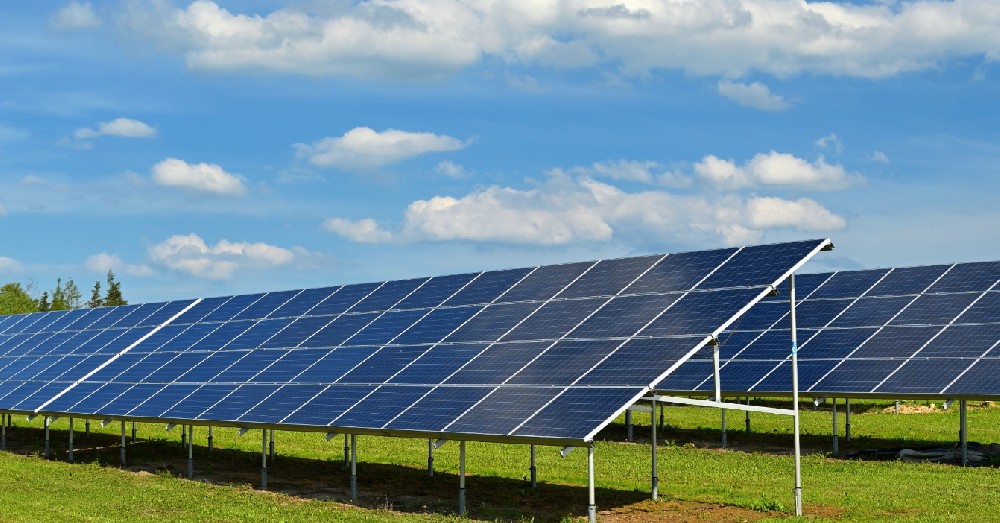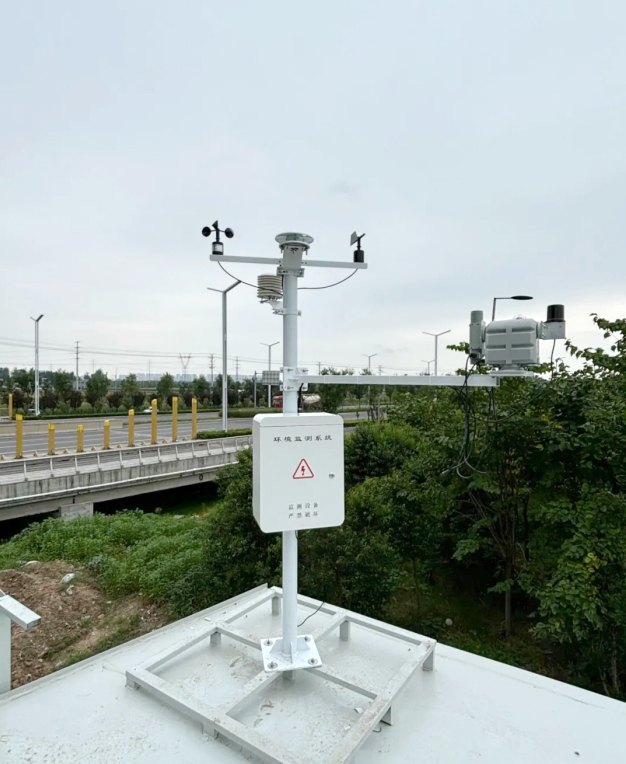

— Blogs —
—Products—
 Consumer hotline +8618073152920
Consumer hotline +8618073152920 WhatsApp:+8615367865107
Address:Room 102, District D, Houhu Industrial Park, Yuelu District, Changsha City, Hunan Province, China
Product knowledge
Time:2025-04-09 11:24:18 Popularity:43
As the proportion of photovoltaic (PV) power generation in the global energy structure continues to rise, the operational efficiency and management precision of solar power plants have become key focuses within the industry. The photovoltaic detection weather station, as an intelligent monitoring terminal in solar power systems, is significantly enhancing the operational efficiency and safety of power plants through precise data collection and real-time analysis. It is an indispensable technological cornerstone for promoting the development of green energy.

A photovoltaic detection weather station is a highly integrated environmental monitoring system designed specifically for photovoltaic power generation scenarios. Its primary function is to monitor the operating environment of photovoltaic systems with precision and in real-time. With flexible configuration capabilities, it can be tailored to monitor parameters based on the specific needs of different users and locations, making it suitable for centralized power stations, distributed systems, microgrids, and other application scenarios.
The photovoltaic detection weather station has powerful data collection capabilities and can monitor the following key meteorological parameters:
- Solar Radiation Data: Includes total solar radiation, inclined plane radiation, direct radiation, diffuse radiation, and sunshine hours, helping to analyze variations in light resources and the irradiation conditions of the modules.
- Wind Speed and Wind Direction: Used to assess the system's heat dissipation and the structural safety of components, providing a basis for wind-related risk assessment.
- Temperature and Humidity: The pyranometer can precisely measure environmental temperature and humidity, evaluating their impact on component efficiency and aging rate.
- Atmospheric Pressure and Coordinates: Helps analyze the solar irradiance transmission rate and resource distribution trends, supporting multi-point comparison analysis.

The system features a fully automated solar tracking module, combined with real-time sensor tracking and GPS solar trajectory prediction algorithms, ensuring that radiation sensors are always aligned with the sun, thus achieving high-precision irradiance monitoring. This dual protection system significantly enhances data accuracy, far surpassing the traditional static radiation collection methods.
The system uses solar power and is equipped with a maintenance-free gel battery that operates at a wide temperature range. This ensures stable operation throughout the year (365 days), even in remote areas without grid electricity, significantly reducing operation and maintenance costs.
- Double-pole Structure: Prevents interference between devices, ensuring the independence and accuracy of sensor data.
- High-strength Installation Brackets: Wind-resistant and corrosion-resistant, suitable for extreme conditions such as rain, snow, sand, and high temperatures.
- Modular Deployment: Facilitates installation, transportation, and future maintenance.
Supports various communication methods (such as 4G, NB-IoT, LoRa, etc.), enabling real-time data upload to cloud platforms or local SCADA systems. The accompanying remote management platform offers features such as data visualization, historical record querying, anomaly alarms, and report generation, providing users with a convenient monitoring experience.
The photovoltaic detection weather station is not just a data collection device; it is a key tool for achieving intelligent operations and performance optimization in photovoltaic systems:
- Power Generation Forecasting: By using real-time radiation data and temperature parameters, the system can dynamically predict power generation capacity and optimize scheduling strategies.
- Intelligent Operations and Maintenance: In conjunction with big data platforms, the system can detect anomalies such as power deviations, hot spots, shading, or aging.
- Risk Early Warning: Before the arrival of extreme weather events such as storms or high temperatures, the system can issue warning notifications to ensure the safety of equipment and the power grid.
- Support for Technological Upgrades: Historical data can be used for system iteration analysis, optimizing component selection and plant renovation plans.

| Application Area | Description |
| Centralized Photovoltaic Power Stations | Provides macro meteorological monitoring and system-level operation and maintenance data support. |
| Distributed Rooftop Photovoltaic Systems | Assists in evaluating the resource utilization efficiency of each rooftop location. |
| Agrivoltaic Projects | Enables synchronous monitoring of both agricultural and energy systems. |
| New Energy Site Selection and Resource Assessment | Used to assess the solar resource distribution in a given area. |
| Scientific Research and Climate Data Collection | Provides long-term meteorological records for climate change research. |

With the deepening application of artificial intelligence and Internet of Things (IoT) technologies, photovoltaic detection weather stations are gradually evolving towards greater intelligence, automation, and networking:
- Integration with smart inverters and energy storage devices for data interlinkage.
- Cloud platform connectivity for centralized management across multiple stations.
- AI algorithms for system predictive maintenance and operational optimization suggestions.
- Standardized data interfaces to support interconnectivity across multi-brand platforms.

The photovoltaic detection weather station is an essential bridge towards a "smart, green, and efficient" future for solar power plants. It is not only a fundamental tool for optimizing power generation performance but also a core technology for achieving low-carbon energy strategies.
With precise meteorological monitoring, reliable data support, and comprehensive intelligent functions, the photovoltaic detection weather station injects new digital vitality into the photovoltaic industry. In the context of the rapid development of global clean energy, deploying a high-performance photovoltaic detection weather station will become a powerful guarantee for ensuring long-term, stable returns for every photovoltaic project.
NBL-W-SRS-Solar-radiation-sensor-instruction-manual-V4.0.pdf
NBL-W-HPRS-Solar-Radiation-Sensor-Instruction-Manual-V3.0.pdf
、
Related recommendations
Sensors & Weather Stations Catalog
Agriculture Sensors and Weather Stations Catalog-NiuBoL.pdf
Weather Stations Catalog-NiuBoL.pdf
Related products
 Combined air temperature and relative humidity sensor
Combined air temperature and relative humidity sensor Soil Moisture Temperature sensor for irrigation
Soil Moisture Temperature sensor for irrigation Soil pH sensor RS485 soil Testing instrument soil ph meter for agriculture
Soil pH sensor RS485 soil Testing instrument soil ph meter for agriculture Wind Speed sensor Output Modbus/RS485/Analog/0-5V/4-20mA
Wind Speed sensor Output Modbus/RS485/Analog/0-5V/4-20mA Tipping bucket rain gauge for weather monitoring auto rainfall sensor RS485/Outdoor/stainless steel
Tipping bucket rain gauge for weather monitoring auto rainfall sensor RS485/Outdoor/stainless steel Pyranometer Solar Radiation Sensor 4-20mA/RS485
Pyranometer Solar Radiation Sensor 4-20mA/RS485
Screenshot, WhatsApp to identify the QR code
WhatsApp number:+8615367865107
(Click on WhatsApp to copy and add friends)